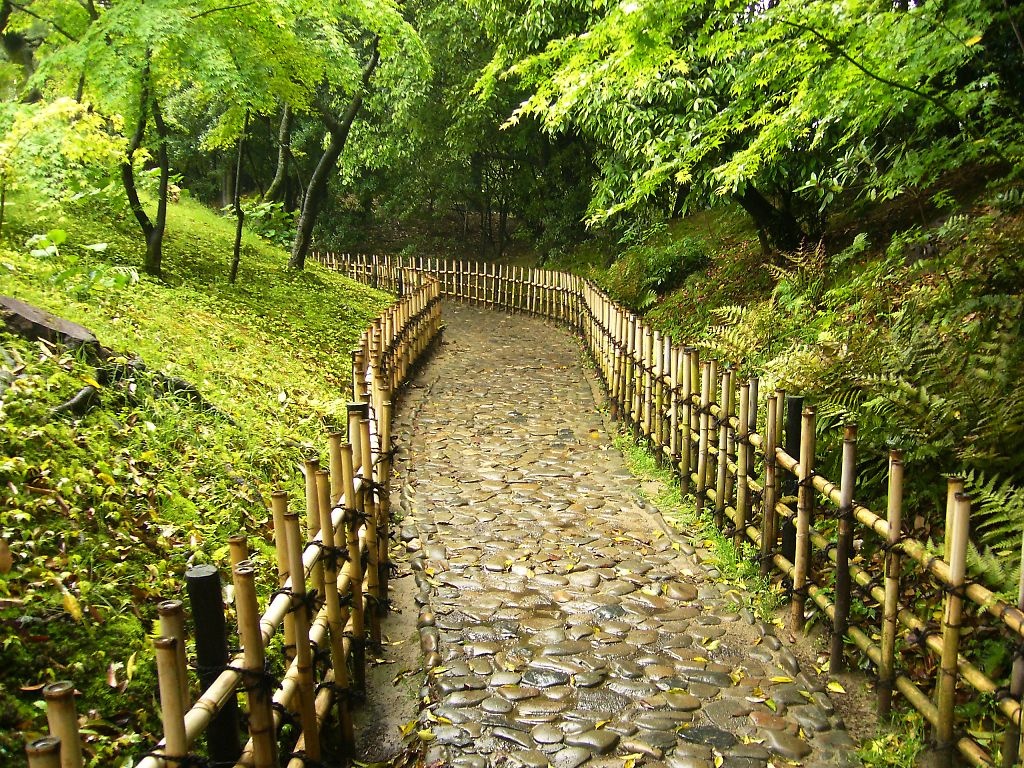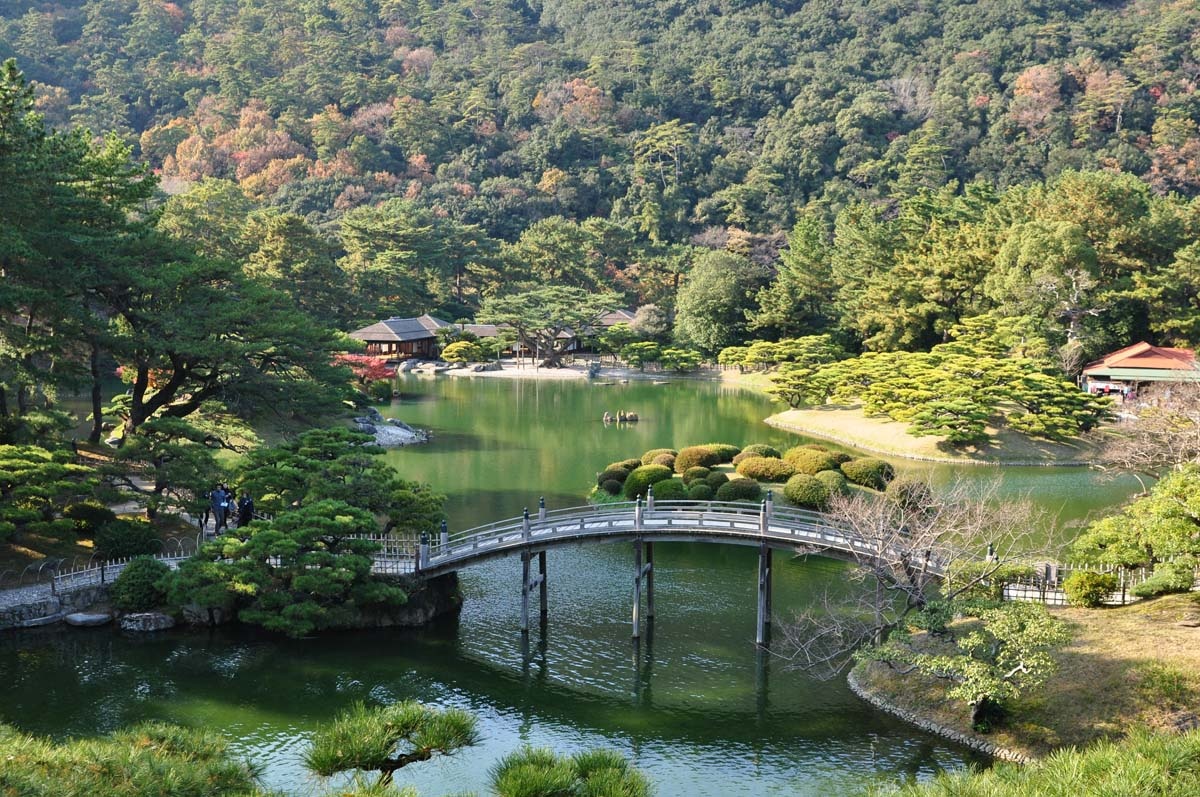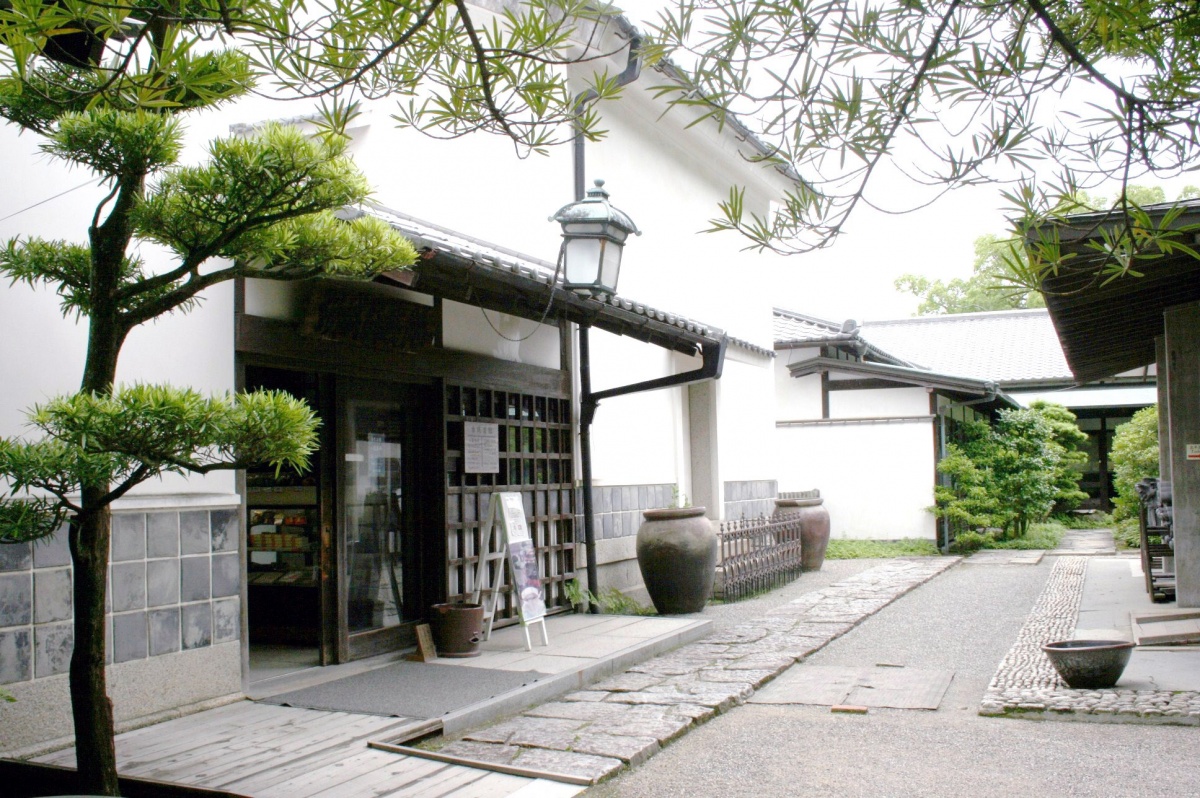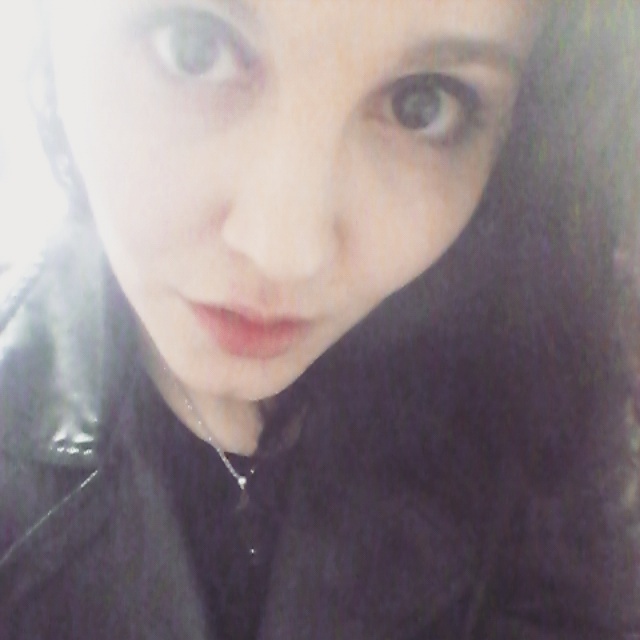Feel Like a Feudal Lord in Ritsurin Garden
There isn't just one reason why Kagawa Prefecture's Ritsurin Garden has been awarded three stars in the Michelin Green Guide Japan—there are thousands of them! Read on to learn about the history of this classic Shikoku garden and discover its best spots.
By Diletta Fabiani100-Year Garden

http://www.ne.jp/asahi/yume/dreams/main/Photo_honshu_ritsurin.htm
The feudal lords of Takamatsu in what was then called Sanuki (the old name of Kagawa) started creating Ritsurin Garden in the mid-1620s. Expansion continued after it became a Matsudaira family villa in 1642, but the garden would still not take its complete form until over 100 years later in 1745.
From the outset, the garden was built against the backdrop of Mount Shiun, in line with the Japanese principle of incorporating the background landscape into the design of a garden, called shakkei (lit. “borrowed scenery”). Just like monumental pieces of art you might find in Europe, it was not only built only to pleasure the eyes, but also to employ dislocated workers in its construction. After the fall of the Tokugawa shogunate, Ritsurin Garden was requisitioned by the Meiji government and opened to the public in 1875.
6 Ponds, 13 Hills & 14,000 Pines

http://tsuribaka-kei.cocolog-nifty.com/kei/2014/08/post-4033.html
The result of all this effort is one of the biggest gardens in Japan, with six ponds, over 14,000 pine trees (of which around 1,000 are bonsai trees) and 13 artificial hills over an expanse of some 75 hectares (185 acres) divided into a dozen themed areas. In order to showcase the seasonal variations of Japan, different kinds of flowers bloom in the park all year round including, sakura (cherry trees), irises, plums and lotus flowers. Visitors in November, for example, will be able to enjoy the flaming autumn colors of around 70 maple trees in the Fugan, or Maple Tree Shore, while in May to June it will be the turn of the 4,000 irises in the Hanashobu-en, or (Iris Garden). The summer is the realm of the lotus, with the 1,000 or so pink and white flowers of the Fuyo-sho (Lotus Pond) in full bloom.
6 Key Points of Interest
While Ritsurin Garden is worth visiting in its entirety, some spots are exceptional in their beauty. The southern part in particular is worth your time, being prepared in purely Japanese style. You shouldn’t miss the boat ride: the fare is ¥610 for adults and ¥300 for children, and for this small price a boatman will row you around the most scenic part of the park, the South Pond (Nanko), as you enjoy the view just like the feudal lords used to do. The entire south side of the garden can be walked in roughly 60 minutes.

http://ken2-k.blog.so-net.ne.jp/2012-01-08
Hiraiho is a hill located at the east end of the South Pond that has been sculpted to look like Mount Fuji. From its top visitors can enjoy one of the greatest views of the garden, including the Engetsukyo (lit. “crescent moon”) Bridge, the biggest wooden bridge in the park.
http://travel.biglobe.ne.jp/tguide/spot/s15485.html
The Kikugetsu-tei, a Japanese traditional tea house, is another place to put on your list. The tea house is the central building of the whole garden, dating back well over three centuries, with a magnificent view on the South Pond.

http://ritsuringarden.jp/jp/blog/2011/10/20/%E9%82%A6%E5%9D%8A%E3%80%81%E8%AE%83%E5%B2%90%E6%B0%91%E8%8A%B8%E9%A4%A8%E3%82%92%E3%83%87%E3%82%B6%E3%82%A4%E3%83%B3%E3%81%99%E3%82%8B/
If you'd like to delve into a little more culture, the park also includes the Sanuki Folk Craft Museum, or Mingeikan, which displays around 1,000 pieces of folk craft ware used in traditional Japanese daily life, including pottery, woodcrafts and lacquerware.
Access
Ritsurin Garden is located in Takamatsu City, Kagawa Prefecture. It's a 20-minute walk from JR Ritsurin Station or a three-minute walk from JR Ritsurin Koen Kitaguchi Station. Admission to the park costs ¥410 for adults and ¥170 for children, with discounts for groups of more than 20 people. Garden hours vary throughout the year, opening as long as 5:30 a.m. to 7 p.m. during the summer months or as short as 7 a.m. to 5 p.m. in December and January. For more information, visit the Ritsurin Garden website below.





